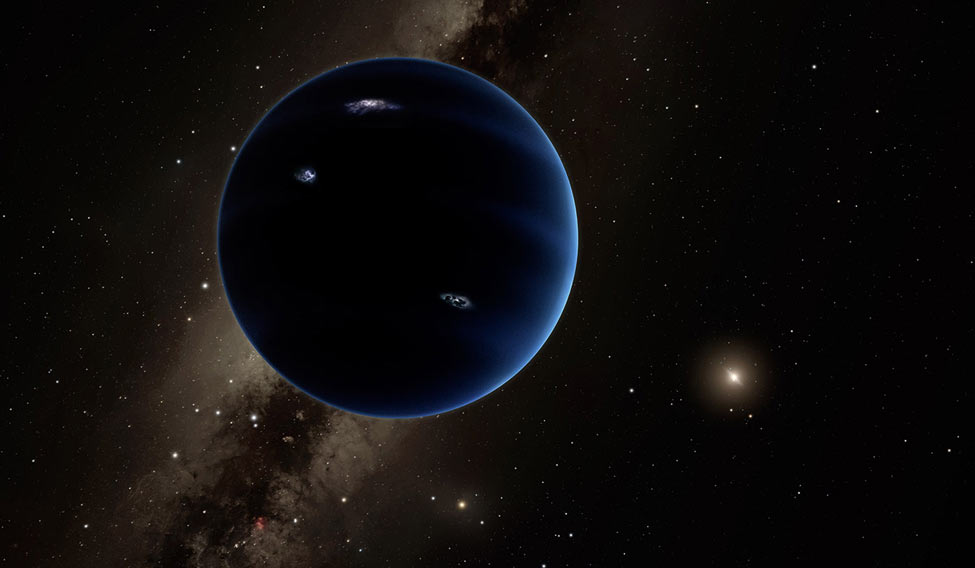A group of astronomers at the University of Sheffield has shown that Planet 9—an unseen planet on the edge of our Solar System—probably formed closer to home than previously thought.
A team led by Dr Richard Parker from the University of Sheffield’s Department of Physics and Astronomy has found that Planet 9 is ‘unlikely’ to have been captured from another planetary system, as has previously been suggested, and must have formed around the Sun.
The outskirts of the Solar System have always been something of an enigma, with astronomers in the late 19th and early 20th centuries searching for a giant planet that wasn't there, and the subsequent discovery of Pluto in 1930.
Pluto was downgraded in status to a 'dwarf planet' because astronomers discovered many other small objects—so-called Edgeworth-Kuiper Belt objects—at similar distances from the Sun.
In 2016, astronomers working in the USA postulated the presence of 'Planet 9' to explain the strange orbital properties of some Edgeworth-Kuiper Belt objects.
But while it isn't possible to directly observe Planet 9, it hasn't stopped theorists from trying to work out how it got there.
Planet 9 is at least ten times bigger than Earth, making it unlikely that it formed at such a large distance from the Sun. Instead, it has been suggested it either moved there from the inner regions of the Solar System, or it could have been captured when the Sun was still in its birth star cluster.
But a team, led by Dr Parker with colleagues from ETH Zurich, has shown that the capture scenario is extremely unlikely.
Researchers simulated the Sun's stellar nursery where interactions are common and found that even in conditions optimised to capture free-floating planets, only five-to-10 out of 10,000 planets are captured onto an orbit like Planet 9's.
Dr Parker said: "We know that planetary systems form at the same time as stars, and when stars are very young they are usually found in groups where interactions between stellar siblings are common. Therefore, the environment where stars form directly affects planetary systems like our own, and is usually so densely populated that stars can capture other stars or planets.
“In this work, we have shown that—although capture is common—ensnaring planets onto the postulated orbit of Planet 9 is very improbable. We're not ruling out the idea of Planet 9, but instead we're saying that it must have formed around the Sun, rather than captured from another planetary system."
The study was published in Monthly Notices of the Royal Astronomical Society.





